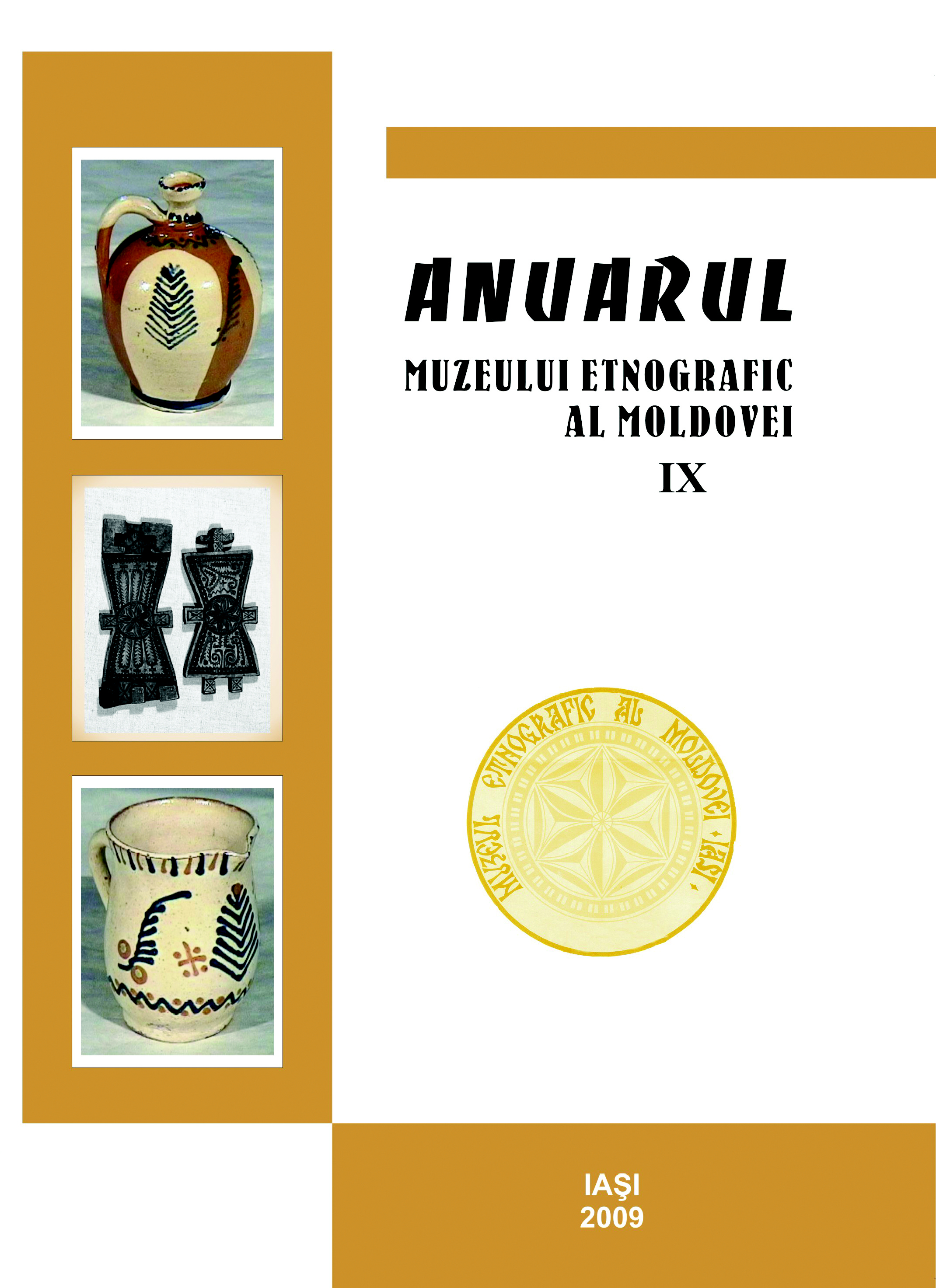„Coliba mortului” în contextul imaginarului tradiţional
„The Dead Man’s Shack” in the Context of the Traditional Imagery
Author(s): Eugen Bâzgu, Varvara BuzilăSubject(s): Cultural Anthropology / Ethnology
Published by: Editura Palatul Culturii
Summary/Abstract: This paper analyzes and interprets the dead men's shack – an exclusively symbolic living space, improvised from objects of first necessity in the framework of the funeral ceremonial carried out for the dead men's life in the netherworld. The popular imagery generated the dead men's shack dimensioning the human existence according to the principle of symmetry and after-life. In conclusion it is appreciated that the habit of making a space for living in the netherworld is an old ritual practice. It appeared in the context of beliefs about the relationships between man and the house in which he was born and lived, but at an elder stage, when the dead man where not any more inhumed in the house or household, but in the cemetery, which involved the dead man’s transfer out from the household. By means of the dead man's shack and other images of his house, people tried to maintain the mythical relationship with the house, understood in the traditional culture as another cover of the human body. Keeping this body on an area between the southeast – east of Romania (Galaţi and Bacău districts) and the south-centre of the Republic of Moldova (Leova and Dubăsari districts), including in the Nester villages, represented a survival of the cultural facts in the marginal spaces.
Journal: Anuarul Muzeului Etnografic al Moldovei
- Issue Year: 2009
- Issue No: 9
- Page Range: 113-125
- Page Count: 13
- Language: Romanian

